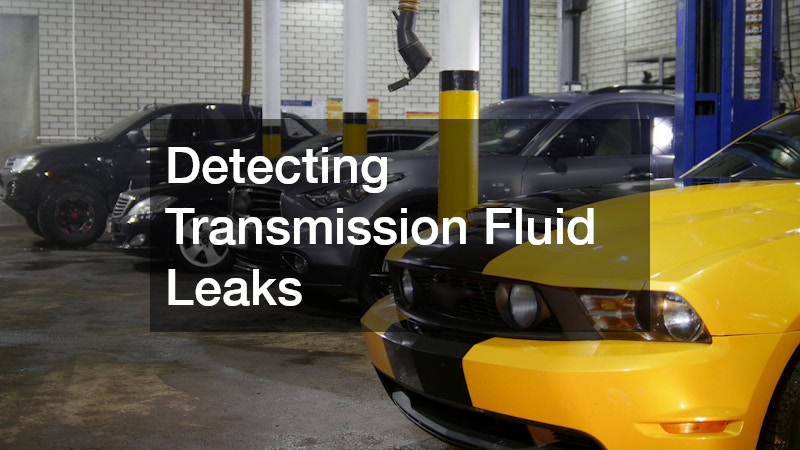Maintaining your vehicle’s health is crucial for safety and longevity. This article explores three common auto repairs that many vehicle owners encounter and provides insights on how to identify early signs of these issues to avoid costly repairs down the road.
1. Brake Problems
Understanding Common Brake Issues
Brake problems can arise from worn-out pads, malfunctioning rotors, or leaking brake fluid. These issues, if unattended, can lead to complete brake failure, which poses a significant safety hazard, especially in high-speed driving conditions.
Regular inspections of the brake system can help in spotting these issues at an early stage, ensuring the vehicle remains reliable and safe to drive.
It’s essential to understand the root causes of brake malfunctions to address them promptly. Worn-out brake pads reduce the system’s ability to generate friction, leading to longer stopping distances. Additionally, issues such as warped rotors and depleted brake fluid levels can also compromise the effectiveness of the braking system.
To combat these issues effectively, regular maintenance is necessary. Industry experts highlight that your vehicle’s braking system should be checked every six months or after every 10,000 miles of travel, whichever comes first. By doing this, you ensure all components are functioning correctly and chances of malfunction during critical moments are minimized.
Warning Signs of Brake Failure
Look out for squeaking sounds, a vibrating brake pedal, or decreased braking efficiency, as these can indicate your brakes are in need of a checkup. Squeaking sounds often occur due to worn-out pads, which press harder against the rotors, making a persistent noise that becomes more apparent as the problem worsens. A vibrating brake pedal usually signifies that the rotors are unevenly worn or warped, impacting the vehicle’s smooth stop.
Decreased braking efficiency or a spongy pedal feel is another warning sign that should not be ignored. Such symptoms can suggest a potential brake fluid leak or deteriorating braking components. Immediate attention is crucial; reduced braking capability can extend stopping distances dramatically and create further risks on the road.
Prompt action can save both time and money in the long run. Regular checks and preemptive fixes can prevent minor issues from developing into major problems that require expensive overhauls. Furthermore, maintaining a keen ear and awareness for warning indicators enhances the vehicle’s longevity while ensuring optimal safety for both driver and passengers.
2. Engine Trouble
Identifying Engine Warning Lights
The appearance of the check engine light is a common symptom, indicating problems ranging from a loose gas cap to more severe engine issues. This light is linked to various sensors and systems within the engine, monitoring its performance and efficiency. Ignoring this signal can lead to engine inefficiencies and accelerated wear and tear on the vehicle’s components.
Understanding the breadth of issues this light covers can save vehicle owners from unnecessary panic. Some instances of light illuminating are minor, such as a gas cap not properly tightened after refueling, which allows fuel vapors to escape. Other causes can be more serious, like problems with the oxygen sensor, which affects the combustion process and fuel efficiency over time.
Common Engine Noises and Their Causes
Unusual sounds like knocking or tapping coming from the engine area often suggest internal engine issues that require immediate attention. Engine knocking typically indicates improper combustion within the cylinders, which may be caused by using low-octane fuel or failing spark plugs. Tapping noises, on the other hand, can stem from low oil levels or worn engine components like lifters.
Aside from knocking and tapping, whining noises from the engine bay can point to accessory belt problems, where worn-out belts or faulty bearings in pulleys cause excessive friction. Addressing these noises promptly is essential to maintaining the engine’s performance and durability. Overlooking such clues can lead to costly repairs due to extensive internal damage.
3. Transmission Issues
Signs of Transmission Slipping
If your vehicle struggles to change gears smoothly, this could be a sign of transmission slipping, which needs diagnosing. Slipping is usually characterized by high engine revving despite the car not increasing speed, indicating the transmission’s inability to engage correctly. Factors contributing to this problem include low transmission fluid levels, worn-out gears, or a failing clutch, depending on the type of transmission.
Addressing slipping issues early can prevent significant damage and lengthy, costly repairs down the line. Routine maintenance checks, including transmission fluid inspections and refreshes, can mitigate these risks. Transmission specialists are skilled at identifying slipping symptoms, offering guidance on maintenance practices best suited to an individual vehicle’s needs.
Detecting Transmission Fluid Leaks
Finding puddles of red or brown fluid under your vehicle suggests a transmission fluid leak, crucial to address to prevent further damage. Leaks occur due to deteriorated seals or damaged gaskets, allowing fluid to escape, leading to reduced lubrication of transmission components. Not only do leaks diminish fluid levels, but they also increase the risk of overheating and wearing out the transmission.
Vigilance in spotting leaks early can mitigate the extent of damage incurred. Regularly check the parking spot or garage floor for traces of fluid, and inspect the transmission dipstick for correct fluid levels and color. Catching a leak before it becomes severe can spare the intricate mechanisms inside the transmission from permanent damage.
Regular maintenance and awareness of early warning signs are essential for preventing serious auto repairs. By understanding and identifying these common issues before they escalate, you can ensure the safety and performance of your vehicle for years to come. Implementing these strategies not only safeguards your safety but also extends your vehicle’s operational life and minimizes the financial burden of automotive repairs.



